You’ve probably heard the term ‘thread painting’, but what about ‘quilt painting’? ‘Painting’ is how Michael C. Thorpe describes his quilting technique.
When you look at Michael’s work, it’s easy to see where he’s coming from. From a distance, his quilts do look like painted canvases.
For someone who just started quilting in 2018, he’s gaining a lot of attention for his bold use of colour and shape to tell stories of modern living. There’s a definite city vibe to his work, and many of his quilts are packed with a whole lot going on.
While he uses traditional quilting methods, Michael’s approach to quilting and the art world in general are far from the norm. He’s eager to challenge how quilts are presented in the fine art world, as well as speak out against its sense of exclusivity.
Michael creates visual feasts that take time to explore, and it’s worth the effort. We think you’ll agree that this fresh take on the quilting tradition is very exciting.
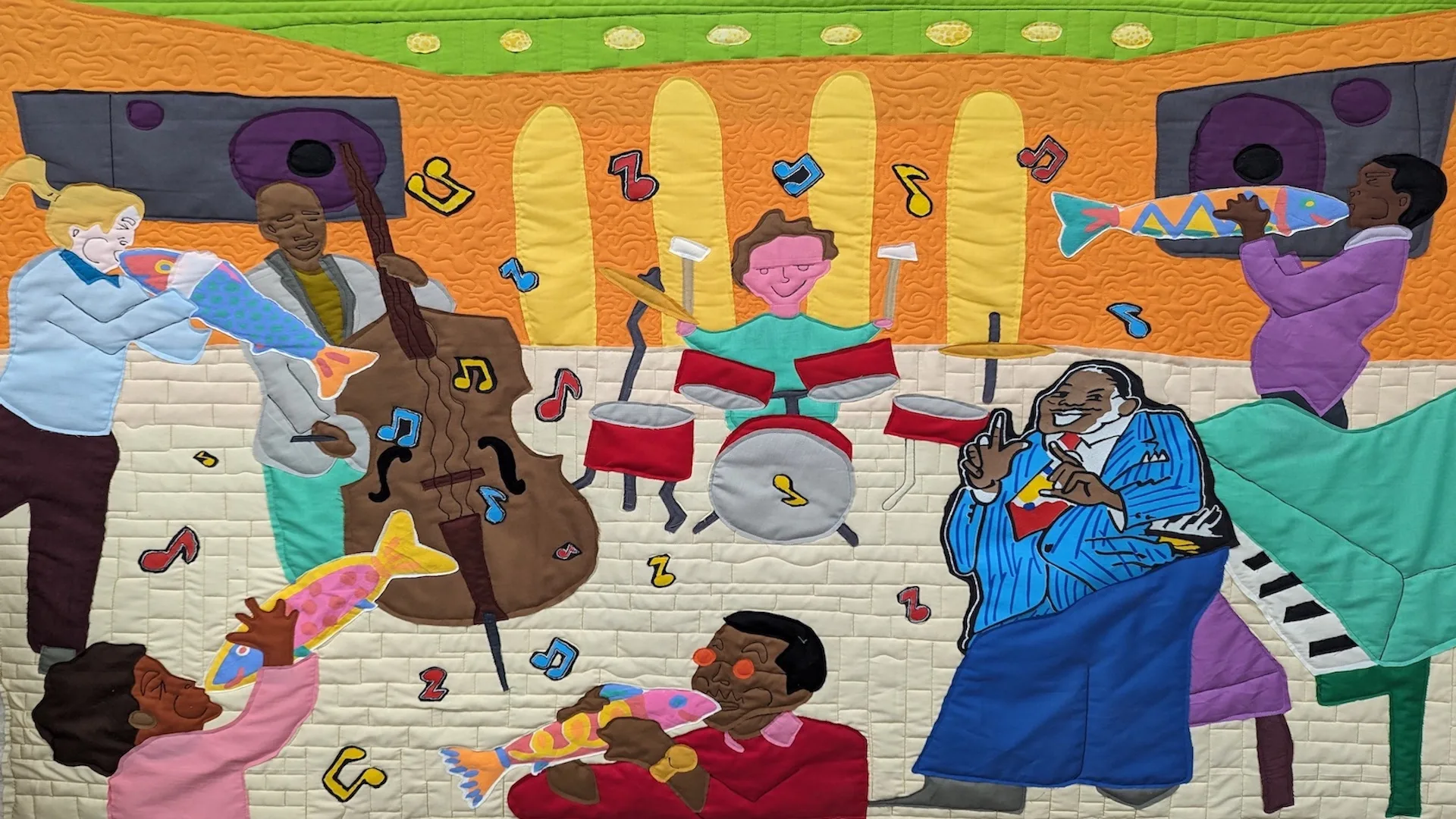
An artistic journey
Can you tell us about one of the first textile art pieces you remember creating? Did any family members or friends influence your textile art journey?
Michael C. Thorpe: The first quilt I ever made was an aquarium scene in 2004.
My mother, Susan Richards, taught me everything I know about quilting and crafts. When she bought a long-arm quilting machine in 2018, I started to quilt too.
That was when I began to understand I could create any painting I’ve seen using fabric and thread. Now I’d say a general curiosity of the world informs my artistic journey.
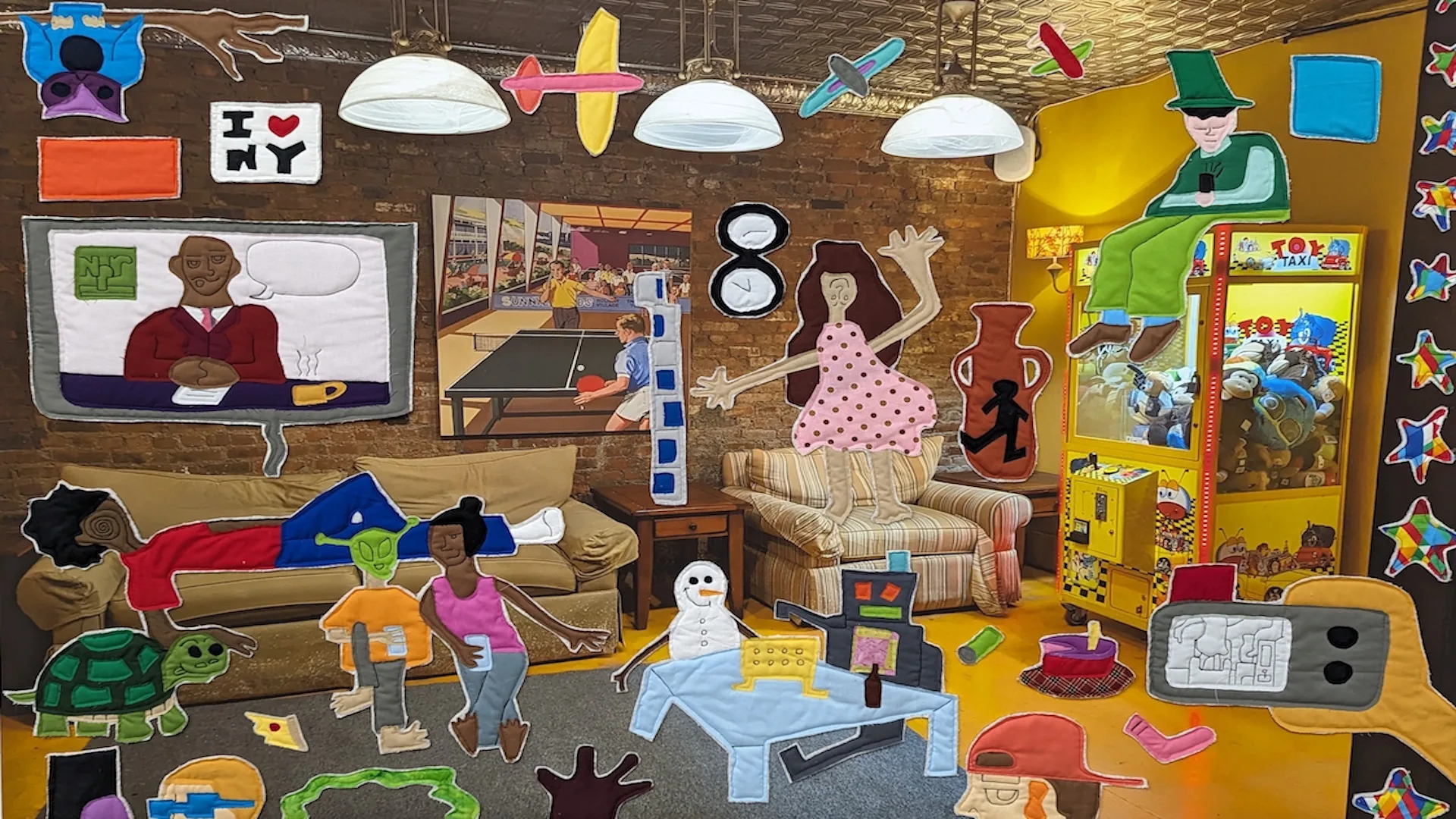
What was moving into the world of quilting like for you?
People were supportive and didn’t make me feel ostracised by being odd and creating ‘paintings’ out of quilting.
I wasn’t following patterns or designs, which was very different from how they were creating quilts. But I still felt embraced by my family and the people I’ve met at quilt and fabric shops.
‘I was the only dude and the only Black person in those quilting spaces – but it wasn’t alienating.’
Michael C. Thorpe, Quilt artist
What inspires your approach to quilting?
I was initially inspired by the works of Romare Bearden and Jacob Lawrence. Their work served as the building blocks for my understanding of art. I appreciated how they turned acts of daily living into art.
Lately, I’ve been greatly influenced by the surrealist and conceptual art movements because of their emphasis on exploring the mind and irrational impulses instead of practical thoughts.
‘I believe art doesn’t have to be a grand exclusive thing.
Michael C. Thorpe, Quilt artist
We can transform our everyday and mundane thoughts and things into works of art.’
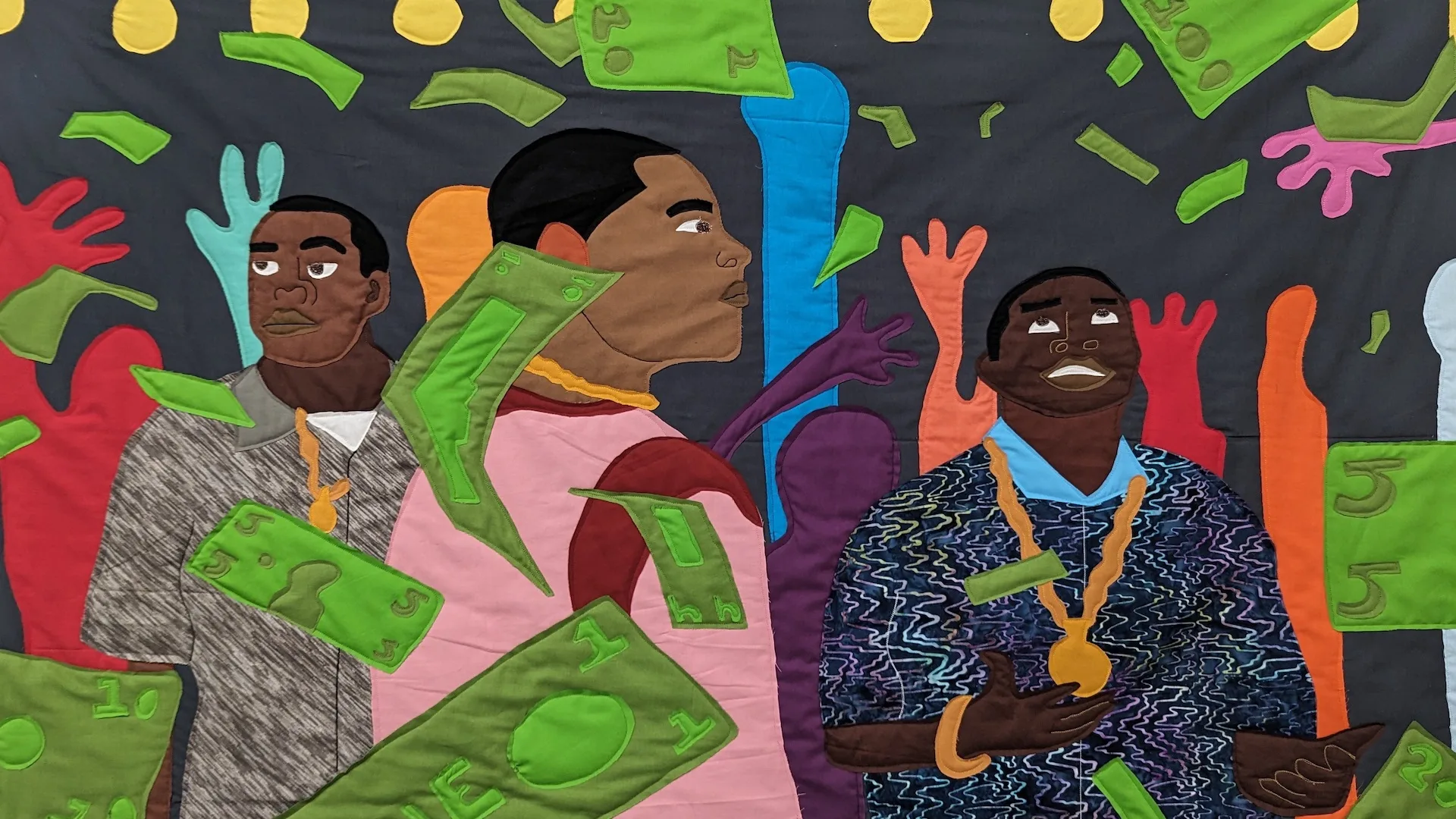
Start a conversation
You tackle some challenging topics in your quilts, including race and politics. Can you share more about that?
That’s an interesting question for me now because when I came into making art, I truly believed I needed to address challenging issues and topics to be a relevant artist. But the deeper I’ve gotten into my practice, the less it matters to me to comment on contemporary life.
I’ve become more invested in exploring imagination and creativity and how I can create systems to create artwork without great thought. I’ve learned that when I think about the meaning of a work, or what I want to say about such-and-such, I become paralysed and can’t make work.
Now I just create work and put it out in the world. I create things because I’m interested in a certain subject matter or process. It’s not that deep for me. But I do hope my work starts conversations. Where those conversations go is up to the audience. It will become whatever it was meant to be.
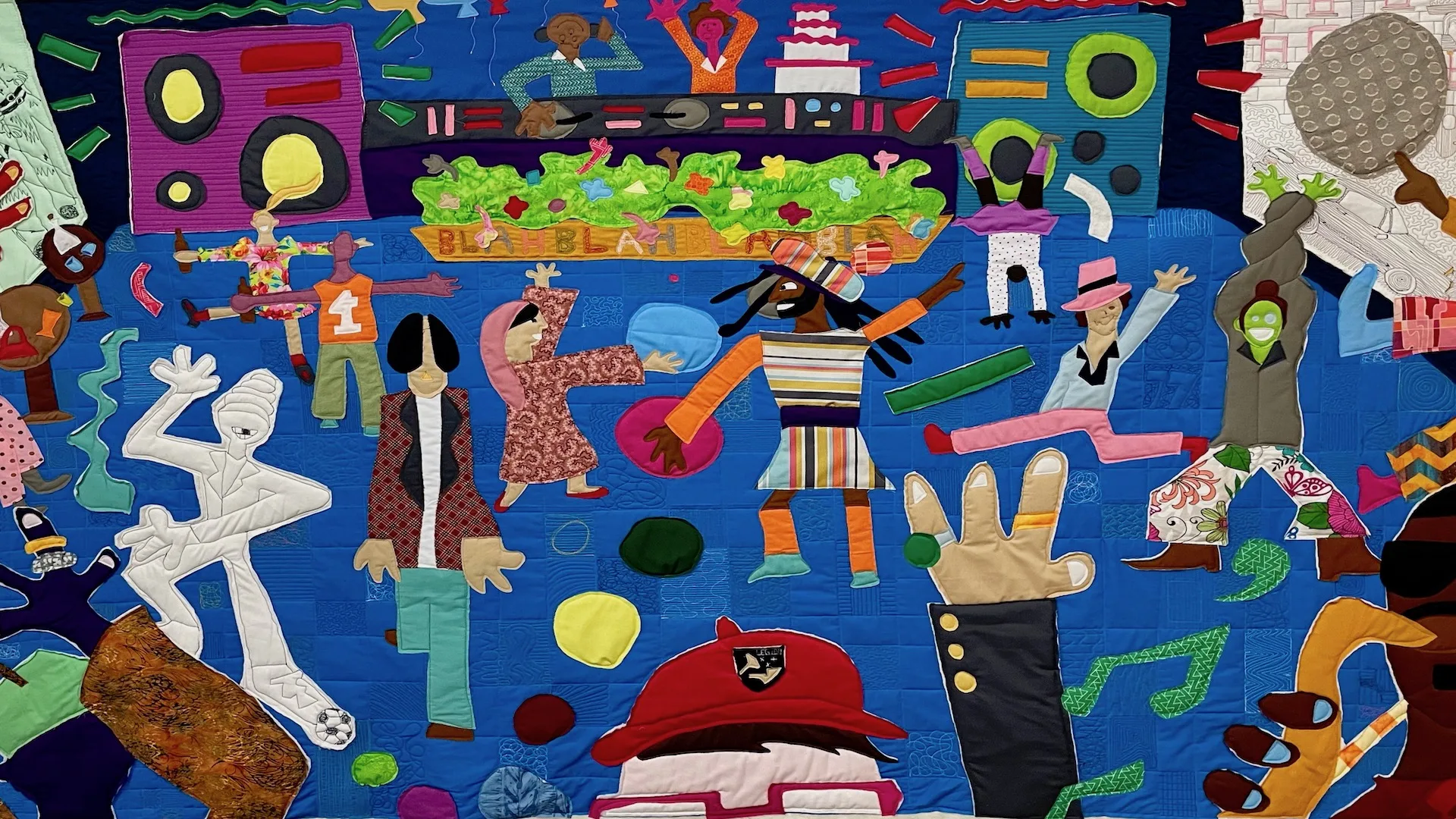
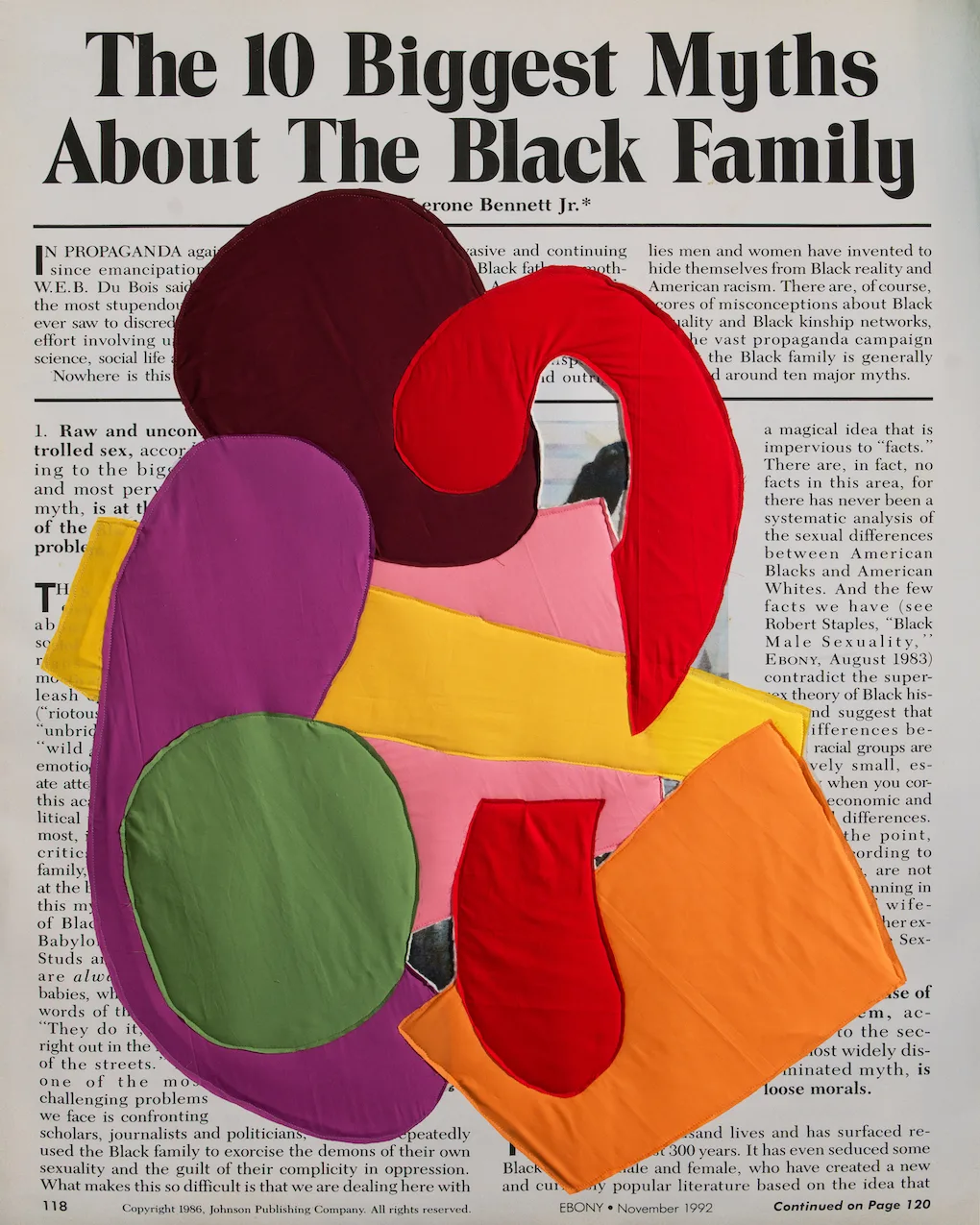
Quilts are often viewed as being domestic or possessing other tame characteristics; how do those stereotypes influence the messages you want to express?
Using quilting and textiles as my primary mode of expression is a deliberate act of rebellion.
Understanding painting is considered the ultimate mode of expression, I have decided to never paint but I still call my quilts ‘paintings’.
‘I’ve always struggled with the hierarchy in the art world – it seems so silly to me.
Michael C. Thorpe, Quilt artist
Just create art, look at art, be curious and like what you like.’
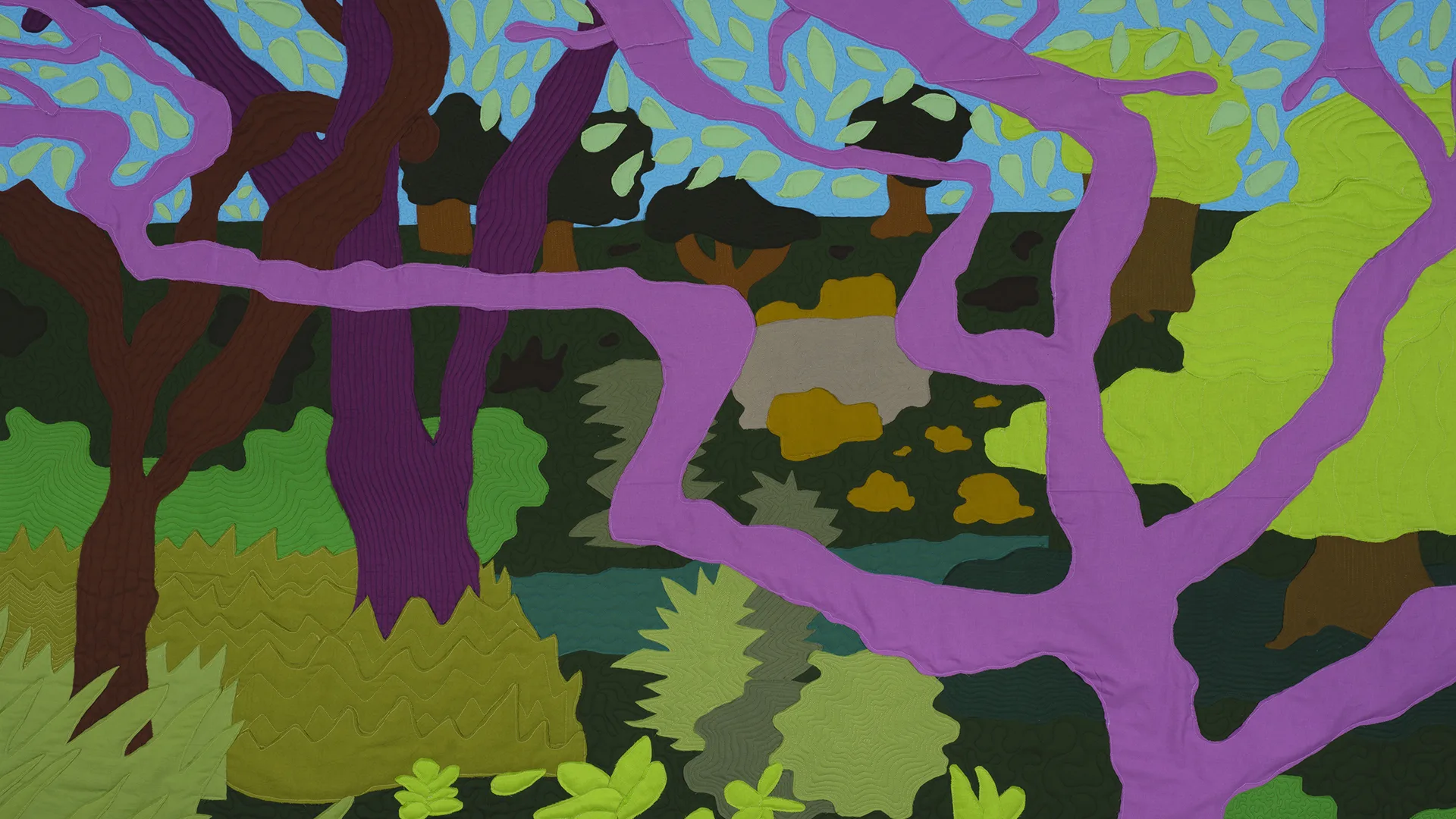
How do you create your quilts?
First, I have an image or idea. I then draw that out and enlarge the drawing with a projector. Next, I cut out fabric pieces and then put them back together using a long-arm quilting machine. I use a Handi Quilter Fusion machine.
I work in a separate studio space. Since my art is how I make money, I treat it as a nine-to-five job. I mostly listen to podcasts while working, but I definitely sprinkle some music in there.
What are your must-have tools for creating your textile art?
Something to write with and my mind. That’s all I need to create art. A good pair of scissors also doesn’t hurt when it comes to textile work.
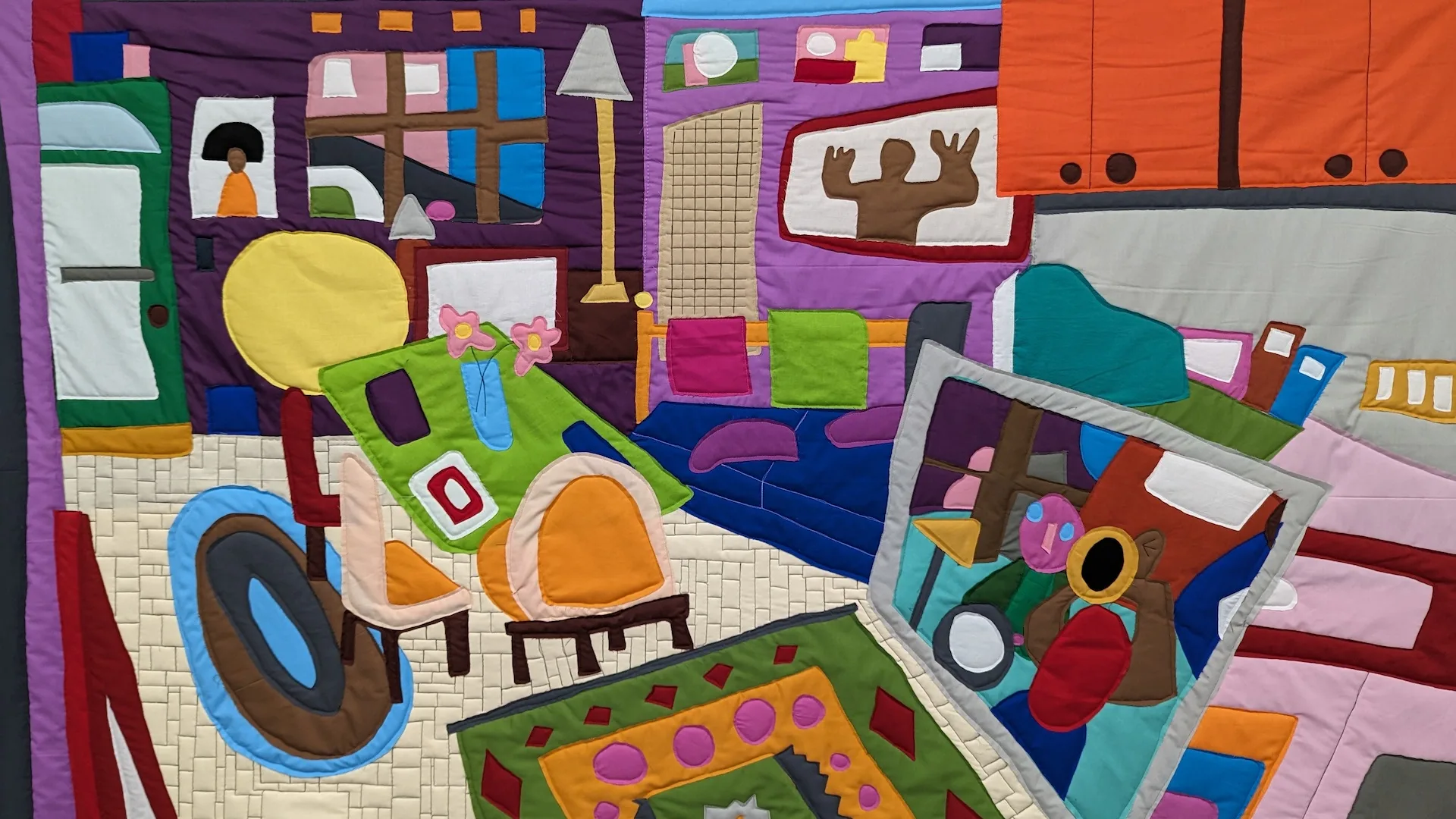
Go for it
How hard was it to learn machine quilting?
My learning curve wasn’t steep because of my mommy. She shared all her secrets and helped solve problems that would have taken me out of the act of making art. Also, I don’t use any of the machine’s built-in digital programs. The results were too perfect and there wasn’t enough of me in the quilts.
I prefer steering all the stitching myself so you can see my hand in the quilting. And there’s a level of spontaneity that’s beautiful.
My best advice for using free-motion stitching is to just go for it and remember that mistakes are the best part.
‘Sometimes the fabric will move, and it is what it is.
Michael C. Thorpe, Quilt artist
I’m not going to force it to do anything it’s not meant to do.’
Where do you source your fabrics and threads, and what do you enjoy working with most?
When I was starting out, most of the fabrics I used were given to me. Now I love the cheapest fabric I can get.
Picking out my own colours and patterns is very important to me, but I also leave it up to chance. When I get low on fabric or I’ve just got paid, I go to a store and let my imagination run wild. I go with my gut instincts and grab whatever attracts me that day.
‘My entire artistic practice is deeply concerned with living in the moment and not overthinking things.’
Michael C. Thorpe, Quilt artist
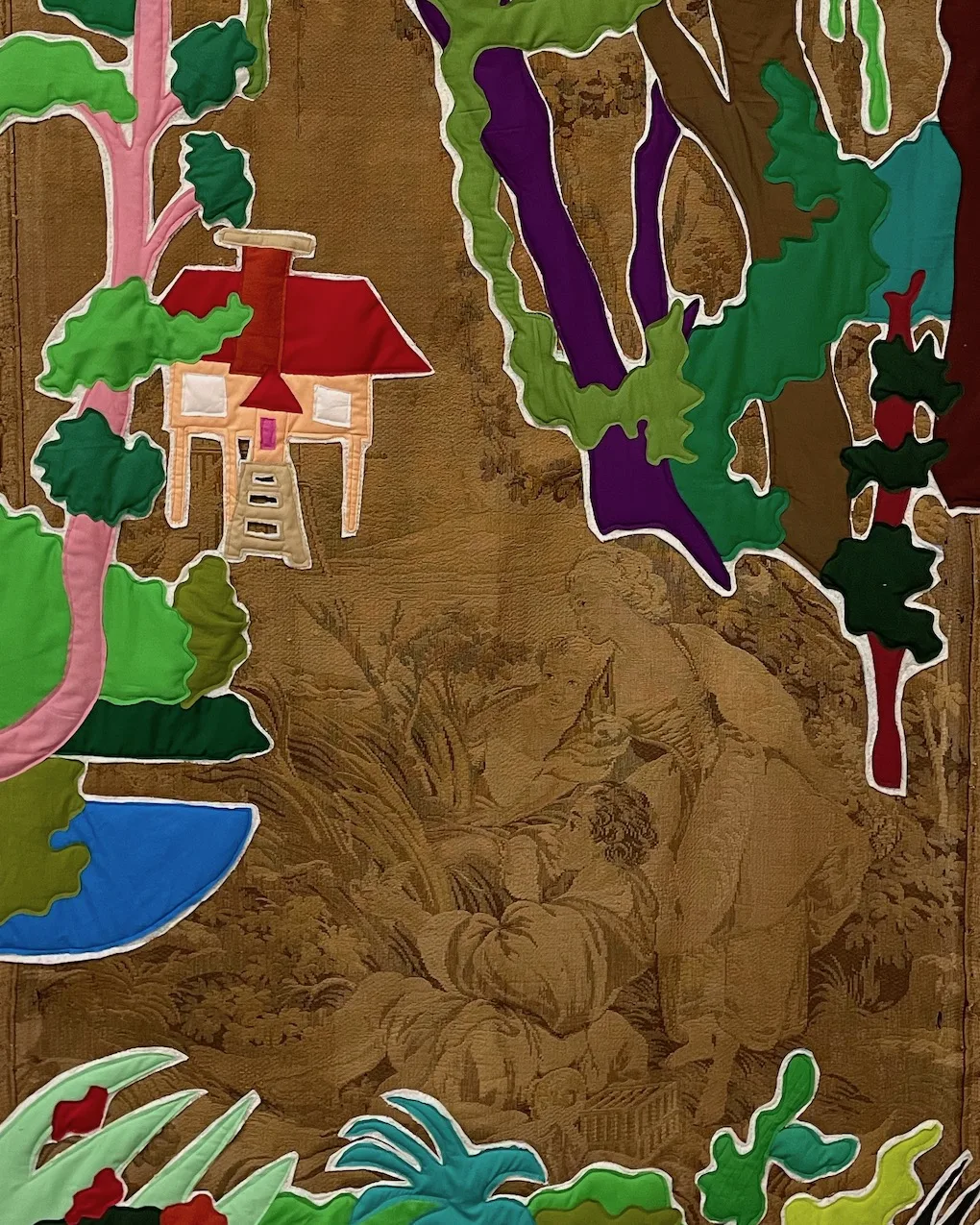
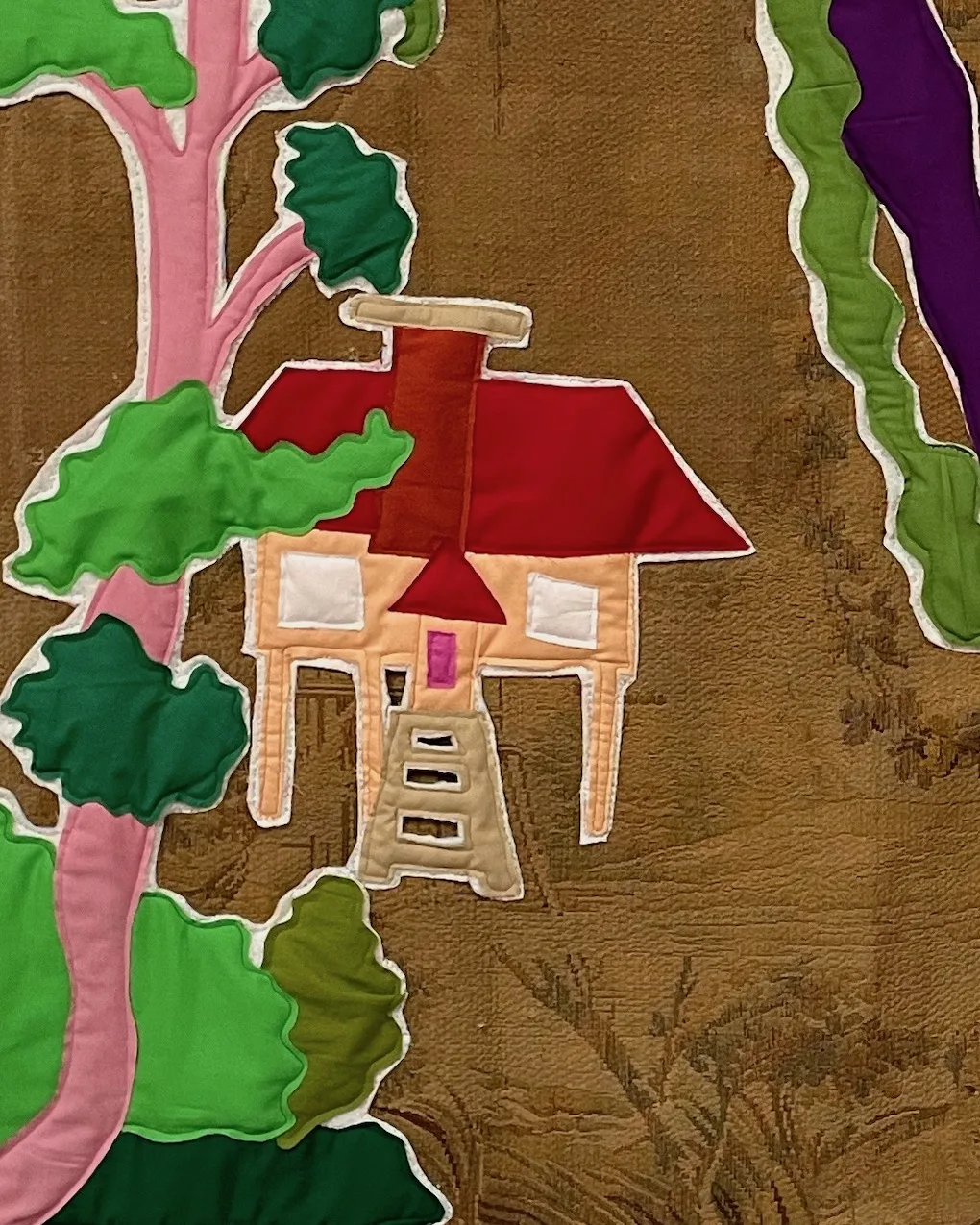
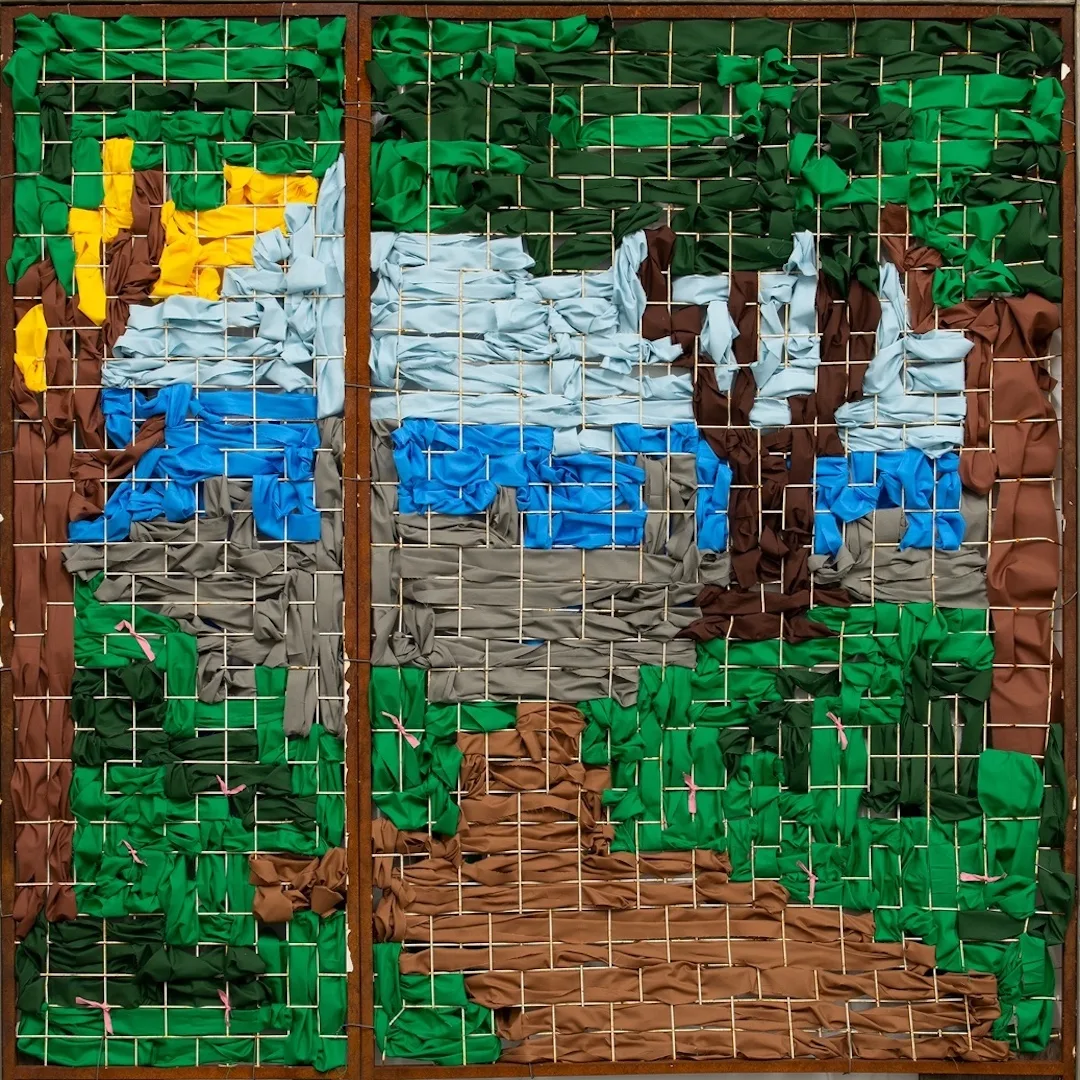
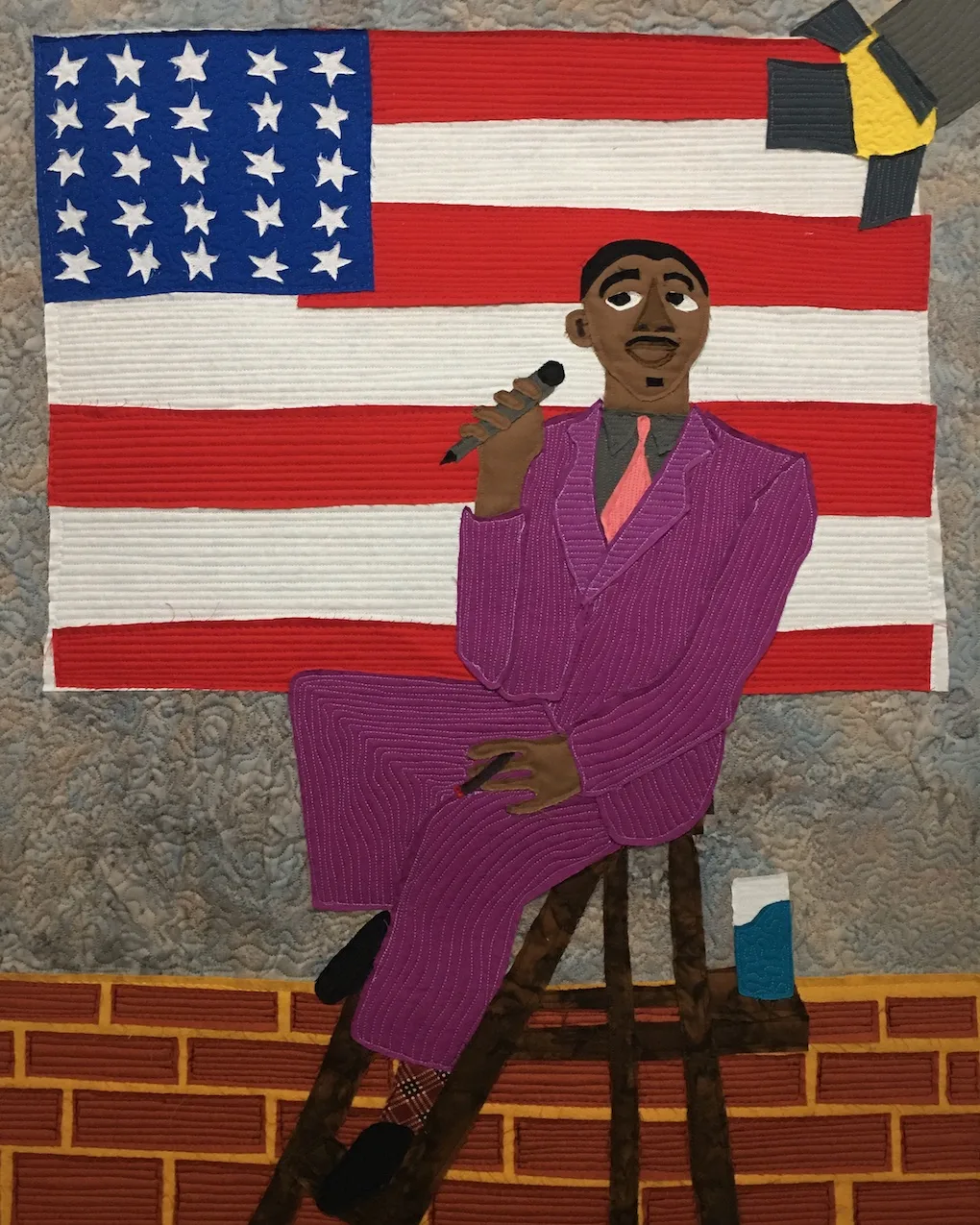
Seeking inspiration
What’s the inspiration for the Dick 4 President quilt?
Dick Gregory is a very fascinating human being. I appreciate everything he has given this world.
Tell us about your Necrows quilt. I believe it connects to Disney’s Dumbo movie. Is that correct?
Yes. I loved Disney growing up and still do today. But I do find it interesting that the leader of the group of crows in the movie is named Jim Crow. Make of that what you will.
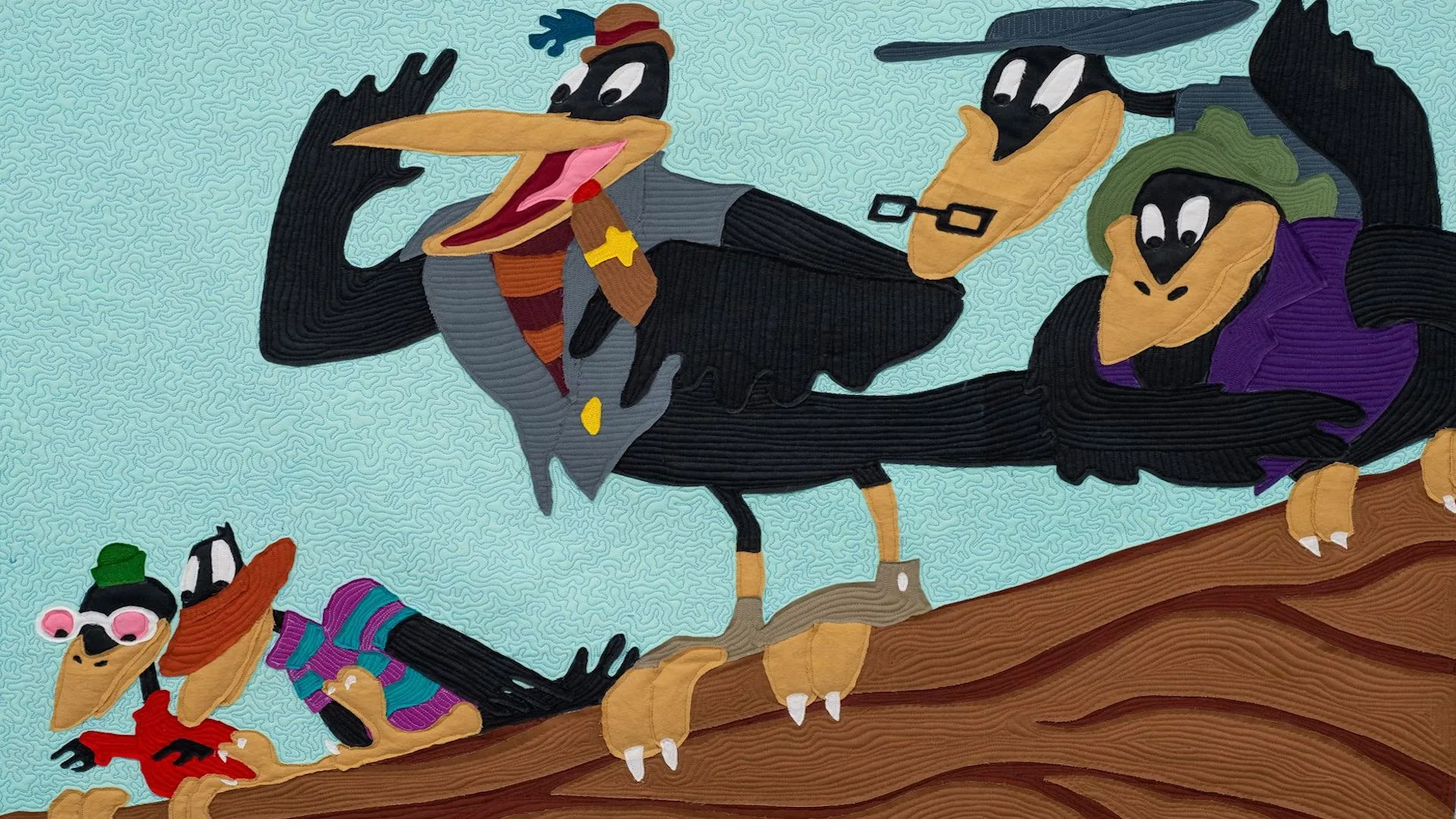
There’s so much going on in Last Night At Your Mom’s House. What’s the backstory to that quilt?
I wanted to create a party scene that I may or may not have been in before. The Milwaukee shirt is a nod to my wife who’s from Milwaukee. I love the Midwest.
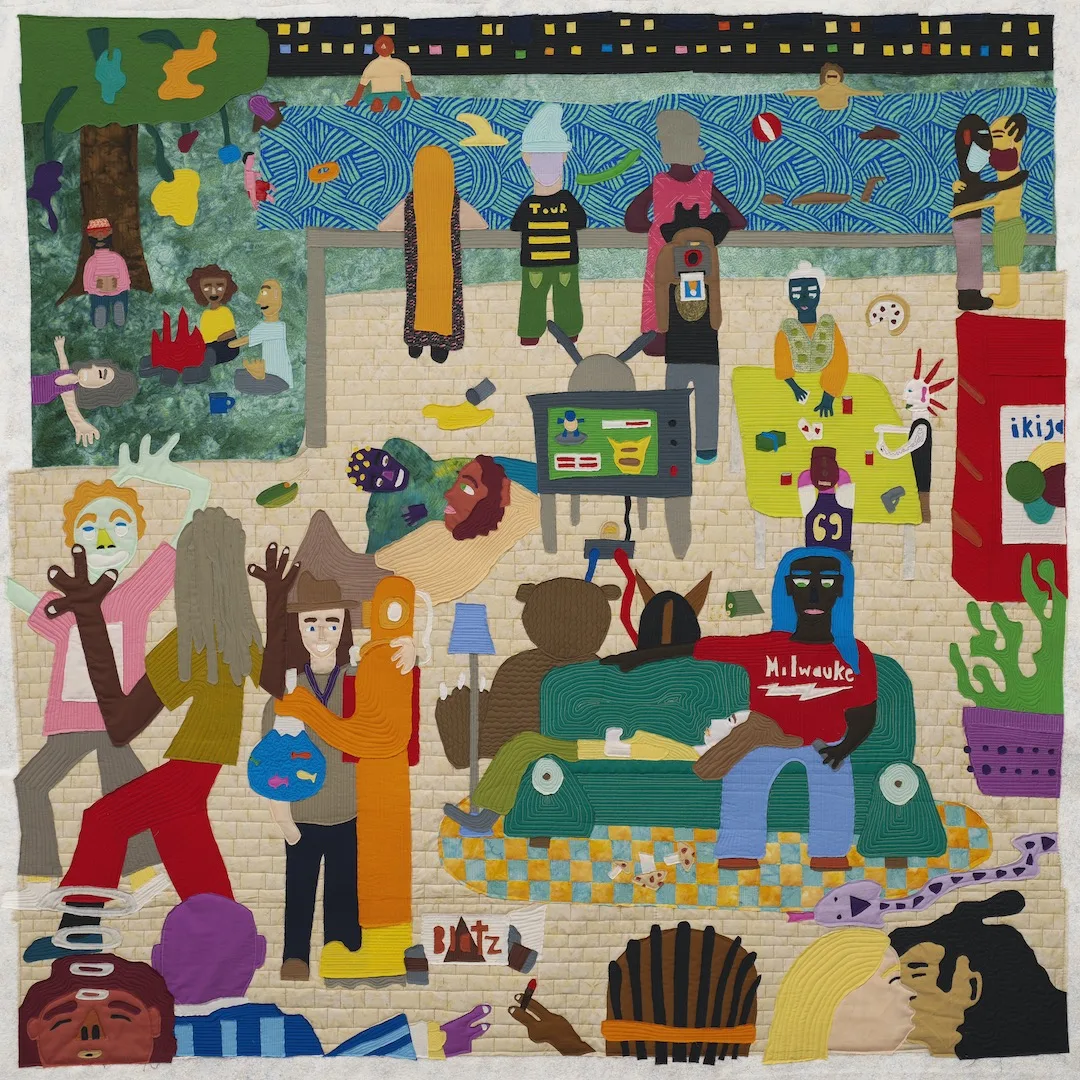
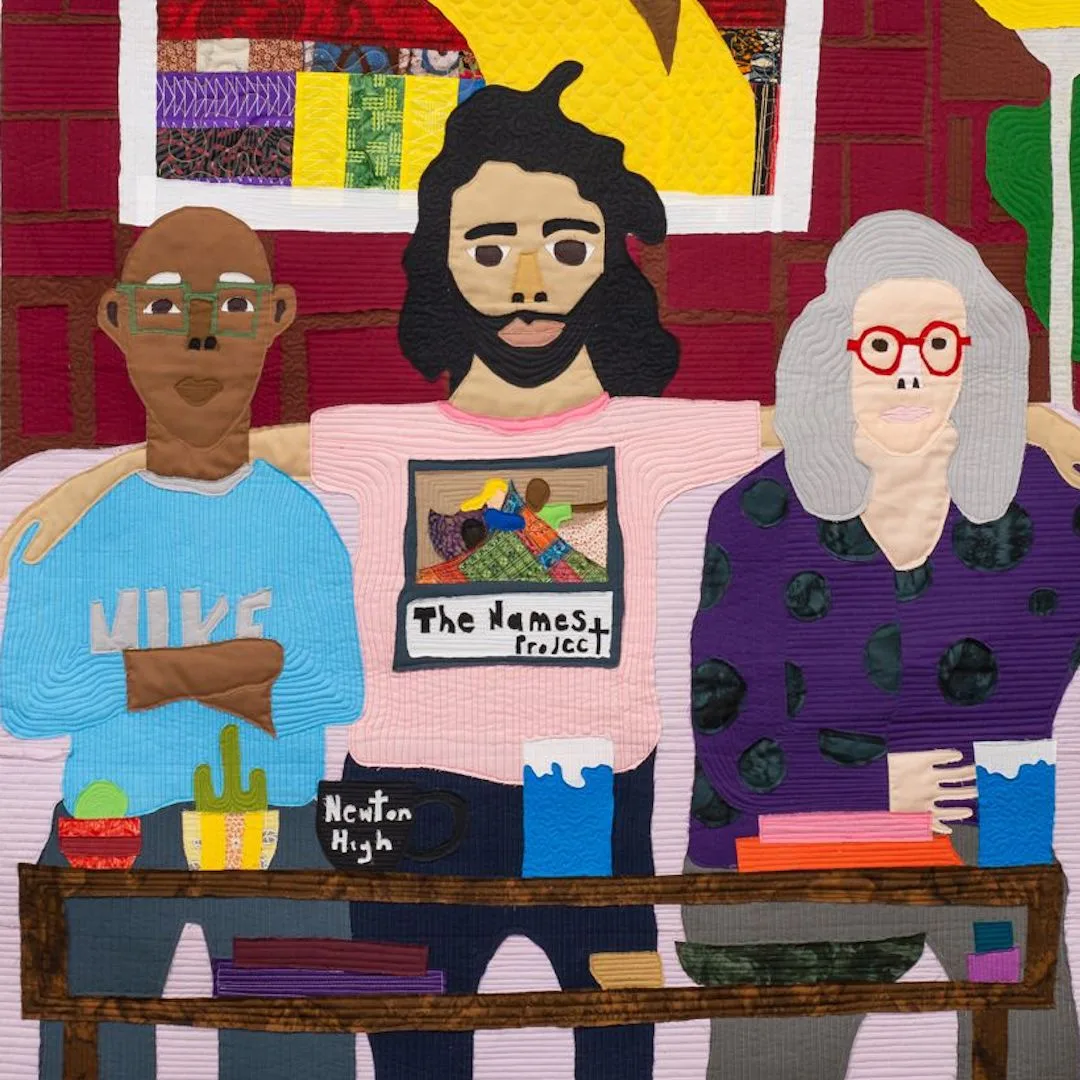
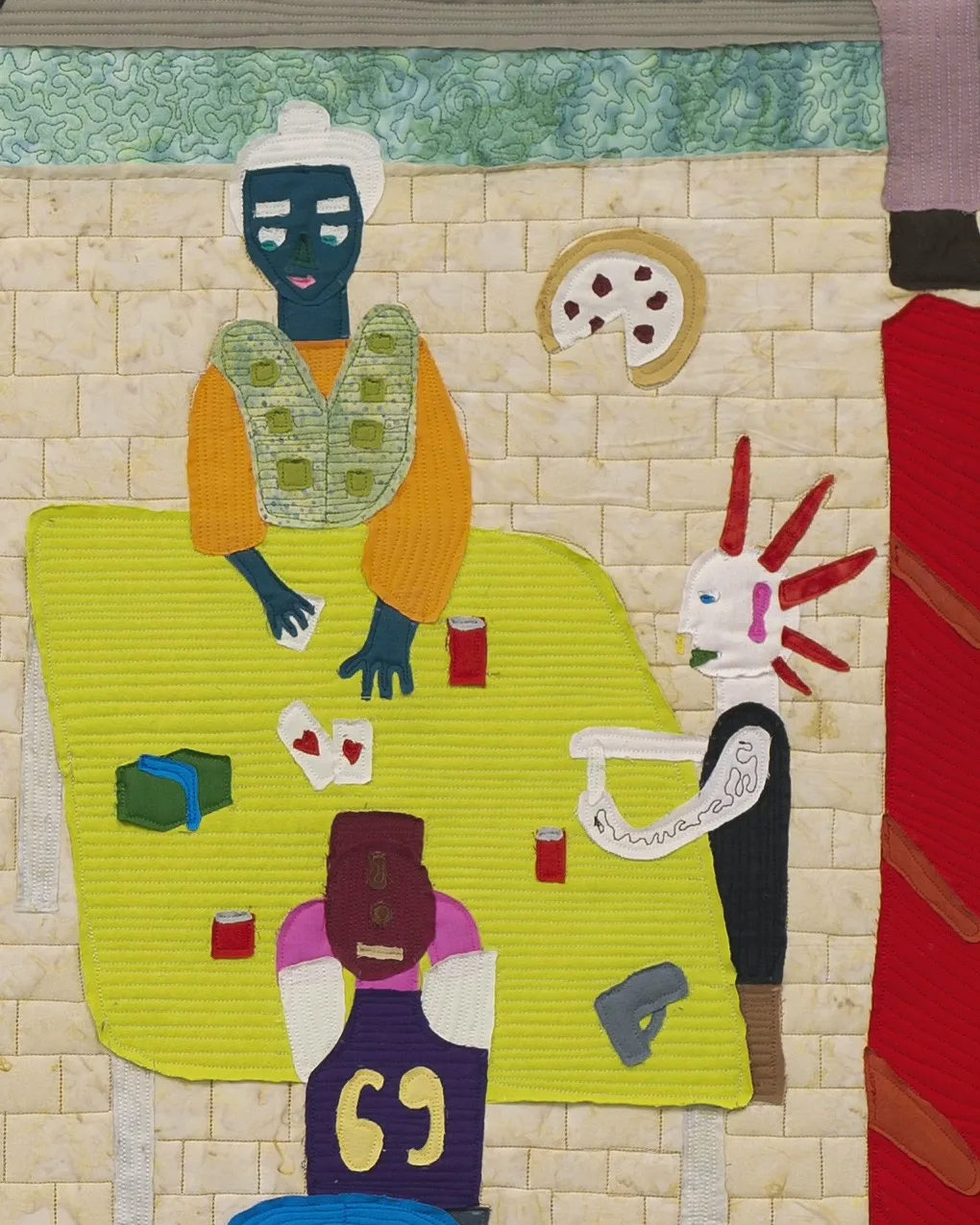
Who is featured in your Family quilt?
The original idea for the quilt was a big ‘what if?’ in terms of my relationship with my father. I was thinking what it would be like to grow up in a two-parent household. But now that thought is kind of whack to me because it discredits everything my mother did for me. I wouldn’t change anything in my life because it put me here now talking to you guys.
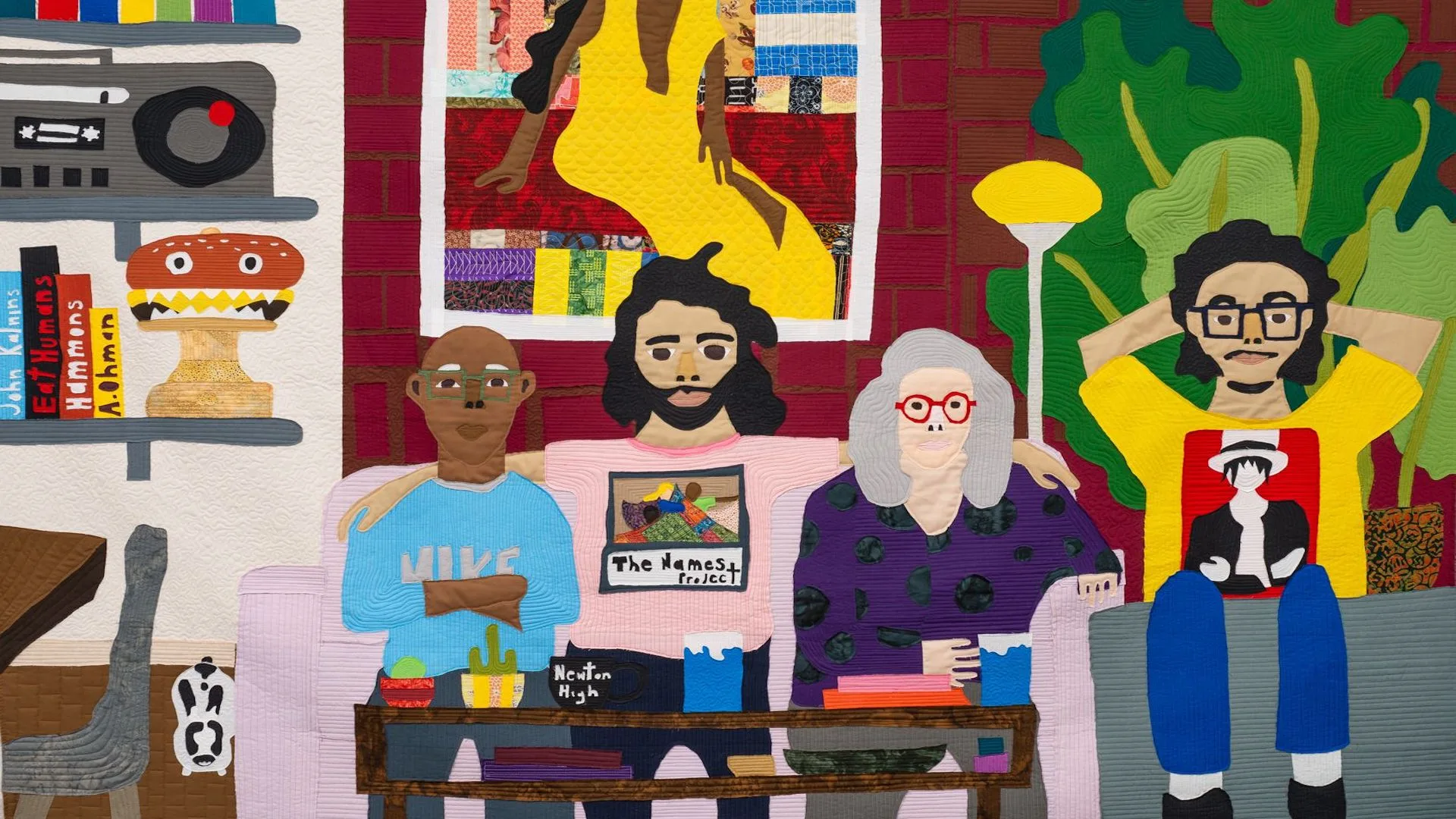
Your multimedia work Sisson incorporates wood and iron alongside textiles. How did that all come together?
It came from an interest in glueing quilts onto random surfaces just like a painter can use anything as a canvas. I think it stemmed from looking at Robert Rauschenberg’s work.
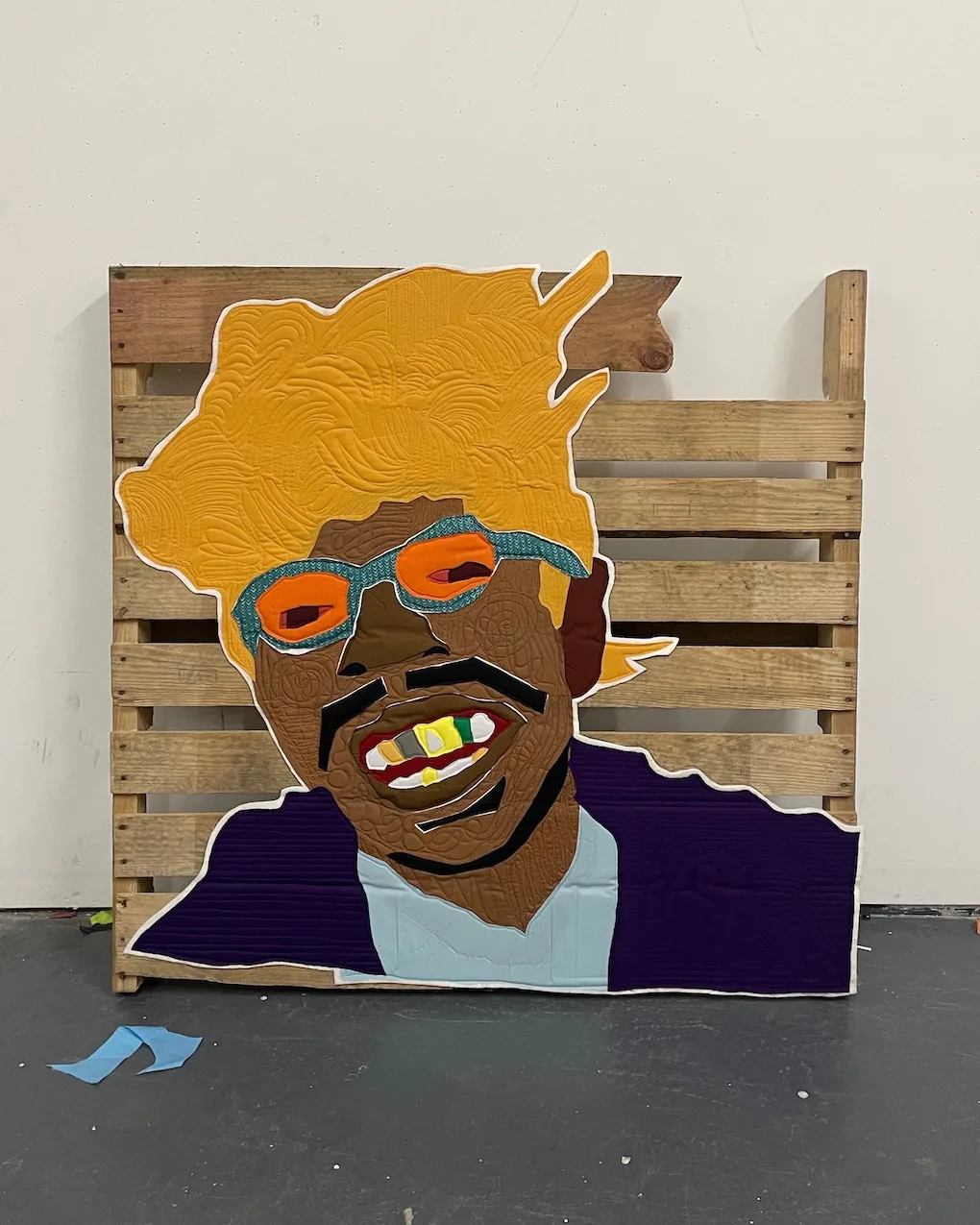
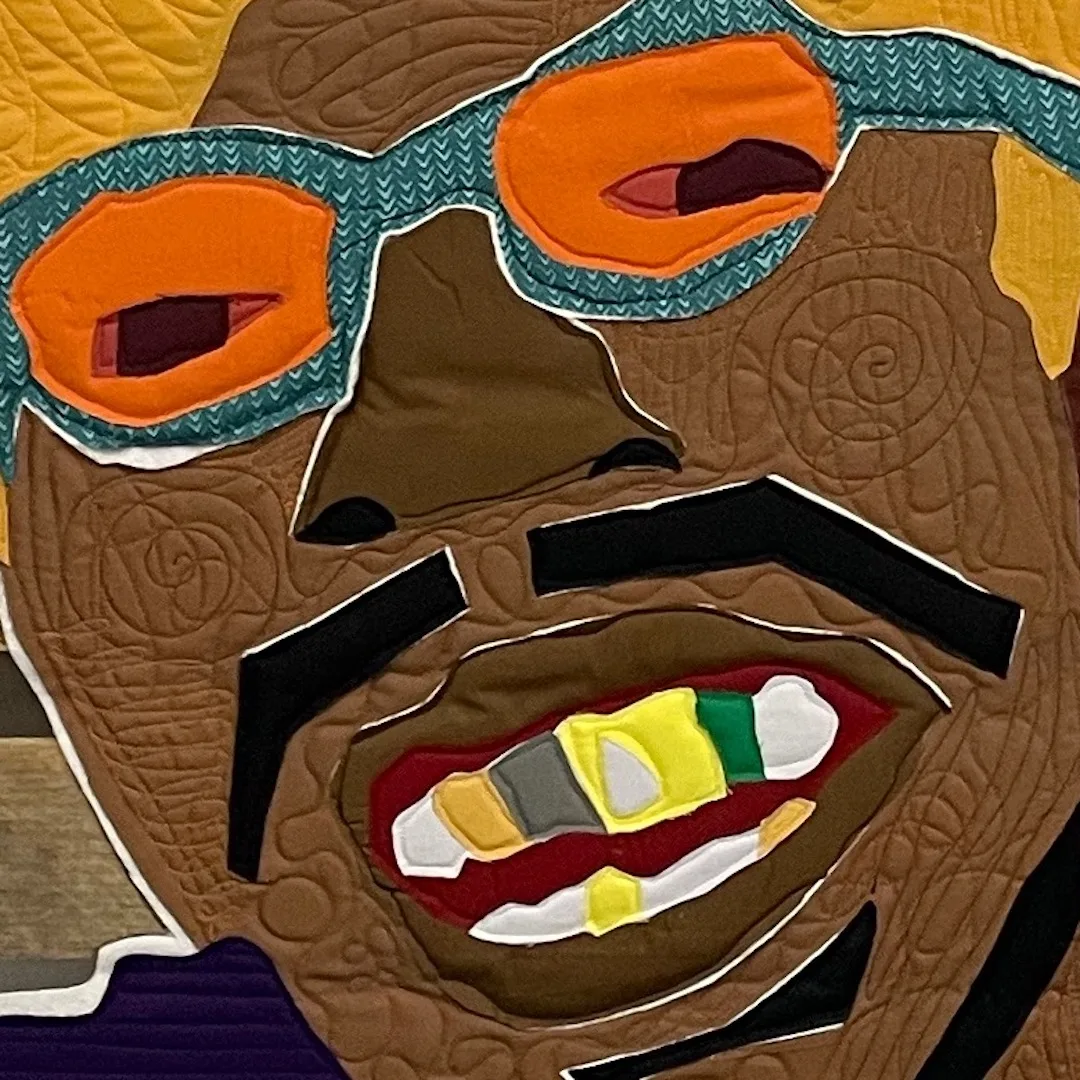
What is one of your favourite works and why?
The last work I create is always my favourite. I don’t dwell on the past. I’m always thinking about what’s next.
What challenges, if any, have you faced in your textile art journey?
My greatest challenge is getting people to accept my way of creating work and living life.
‘It’s quite funny when people’s expectations of me and my career don’t match up to my own expectations.’
Michael C. Thorpe, Quilt artist
What lies ahead with your textile art? Where to from here?
Only time will tell.
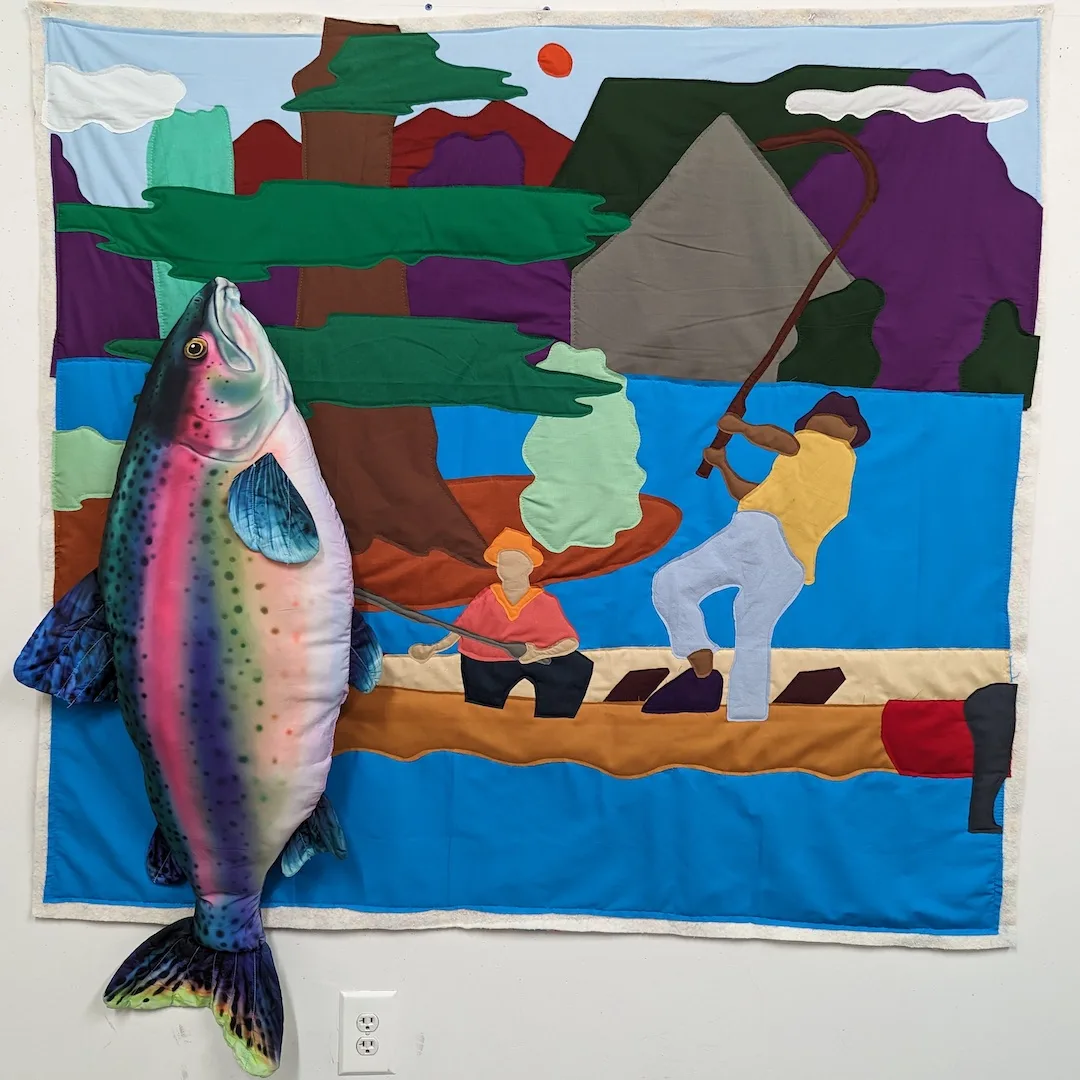
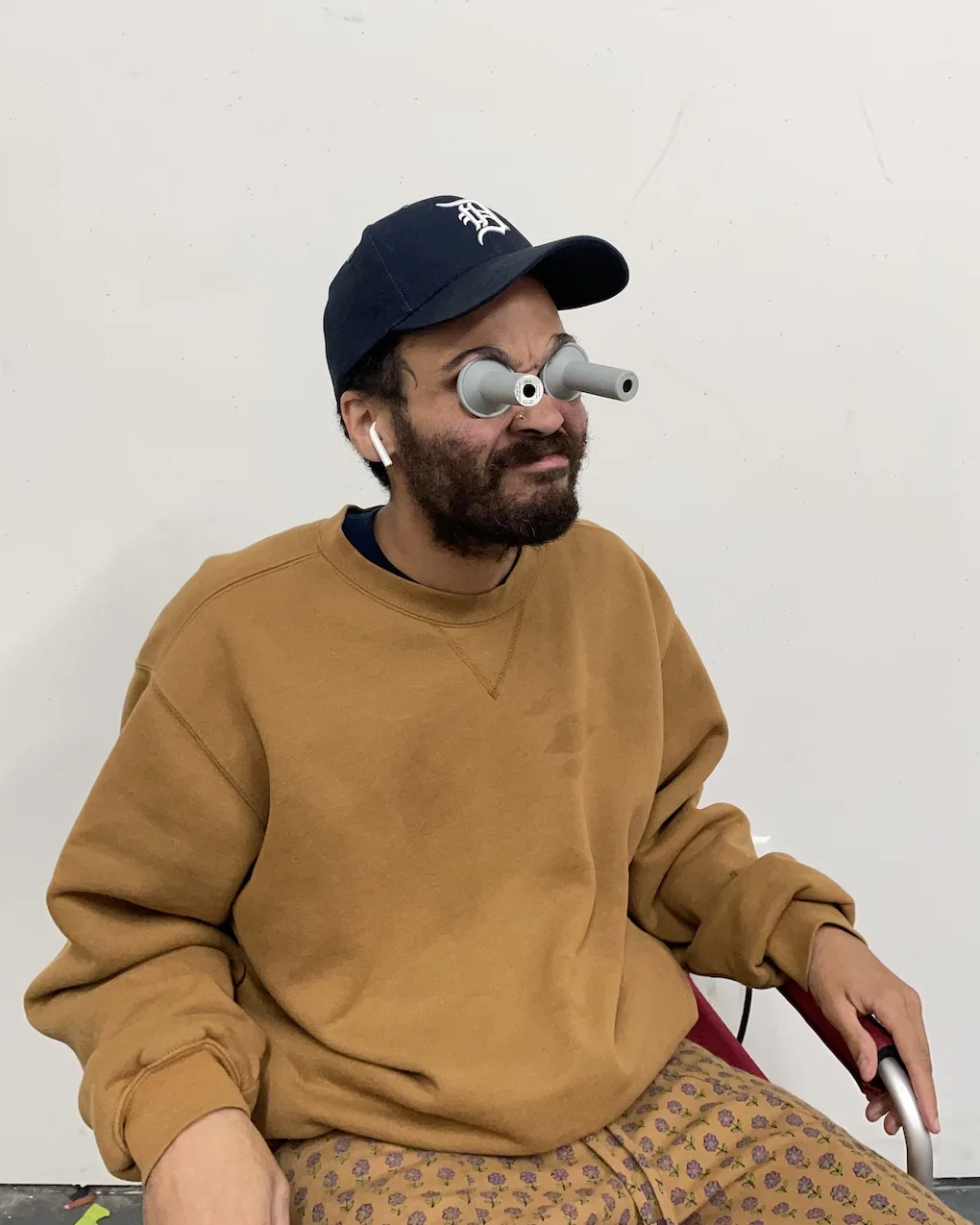
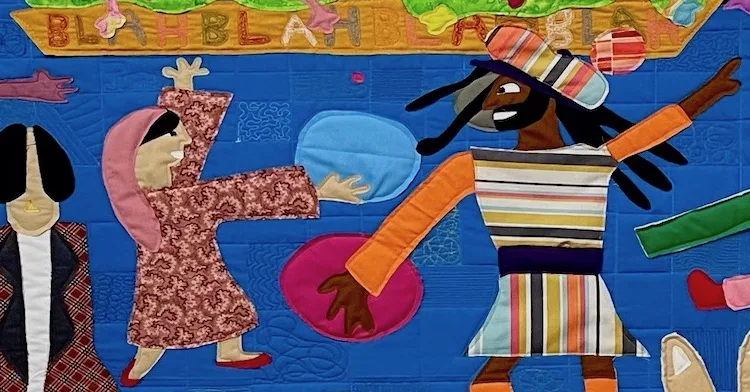
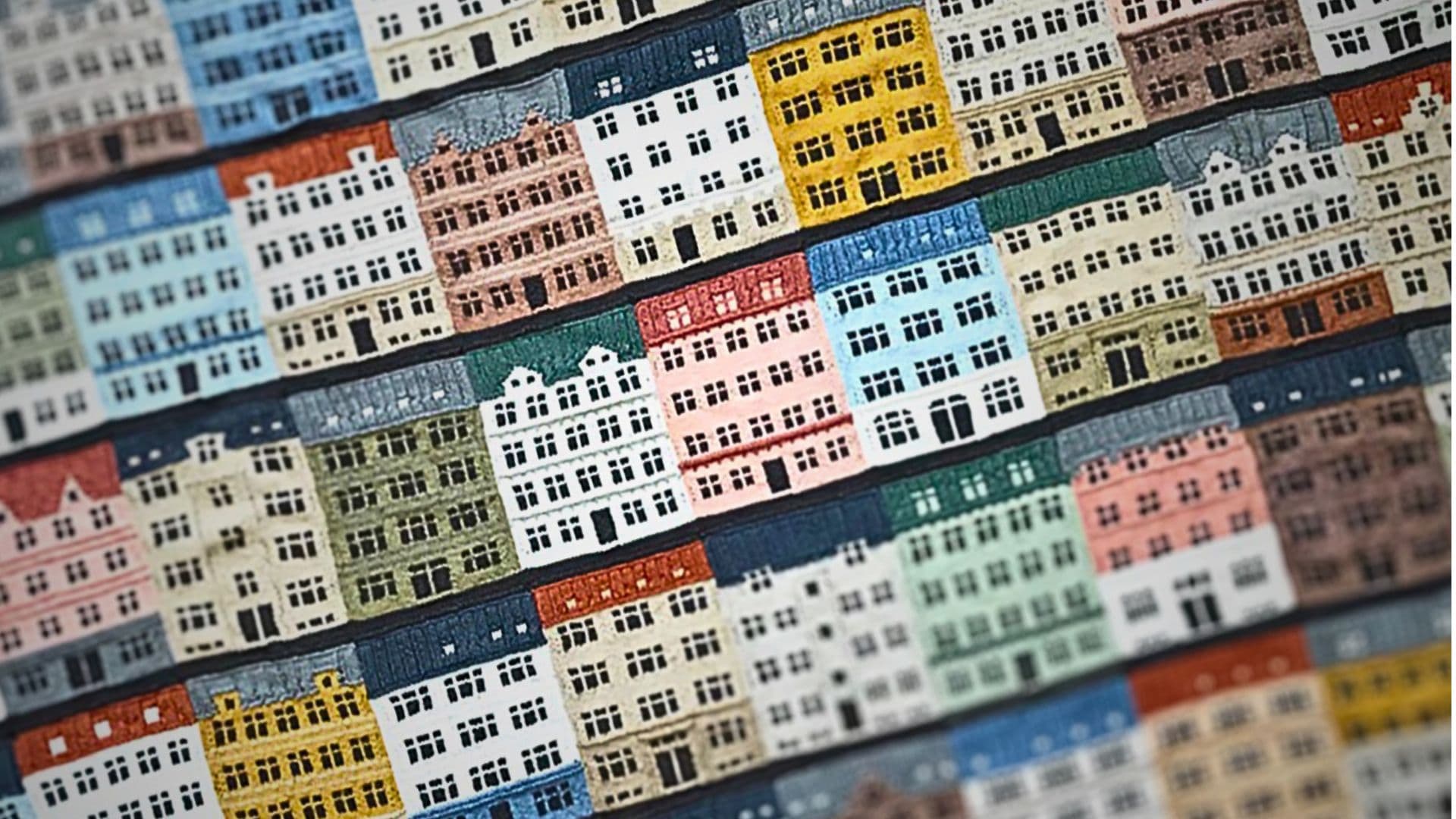
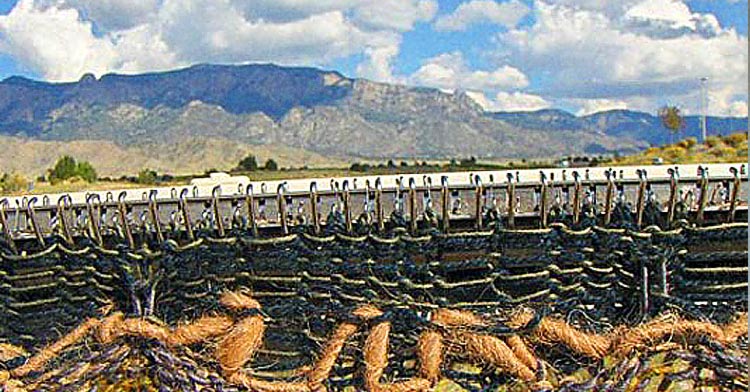
![Contemporary textile artist Lisa Soloman featured image||Lisa Soloman - Sen [1000 doilies]](https://www.textileartist.org/wp-content/uploads/Lisa.jpg)
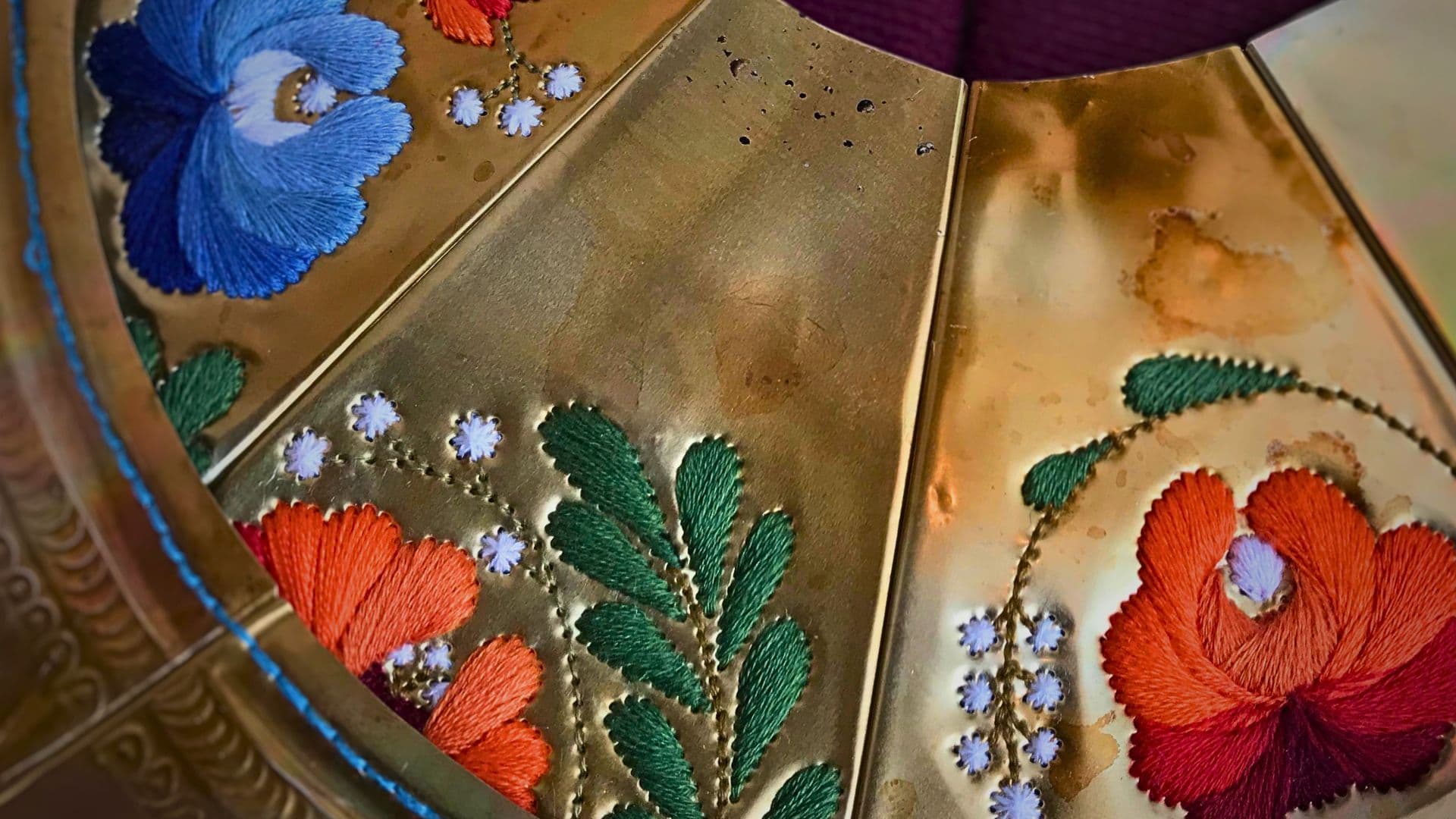
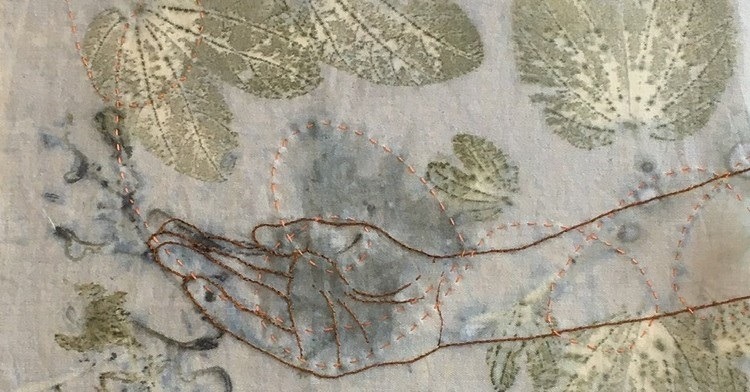
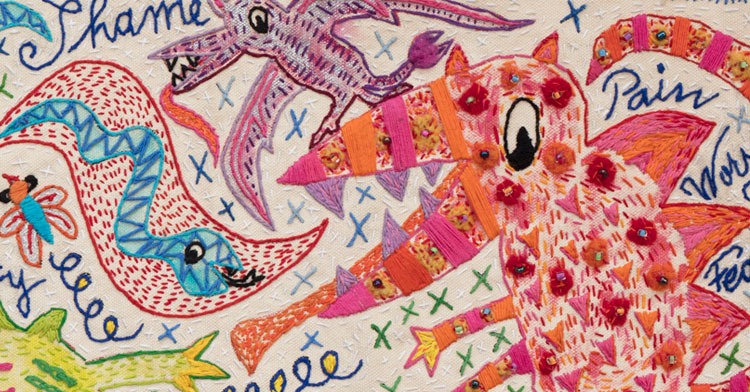
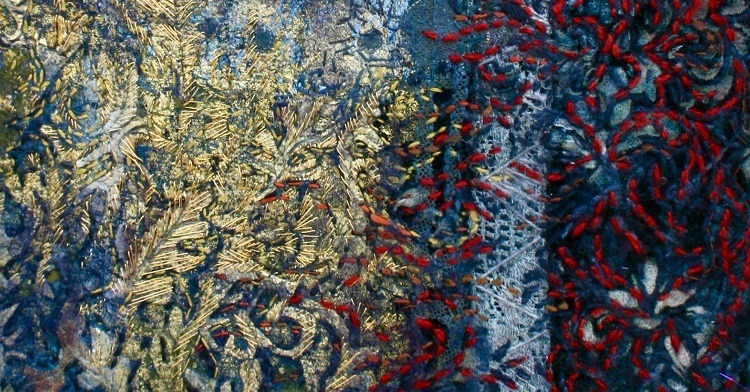
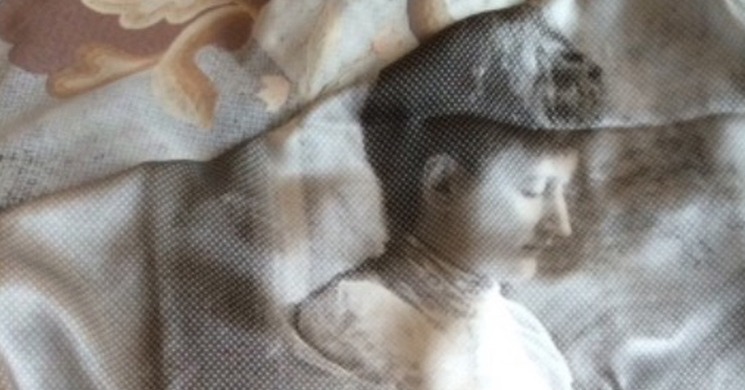
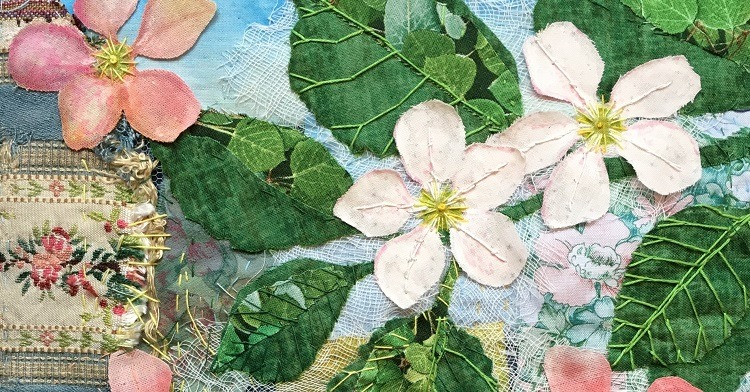
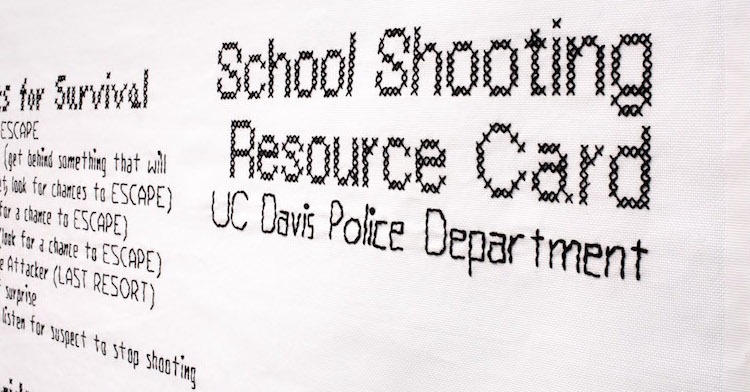
2 comments
lotte starck
Thorpe’s storytelling is loveable far over the ‘brim’!
Valerie
I love the simplicity yet LOUD interpretation of his story telling. What a wonderful inspiration to quilt and thread painting.